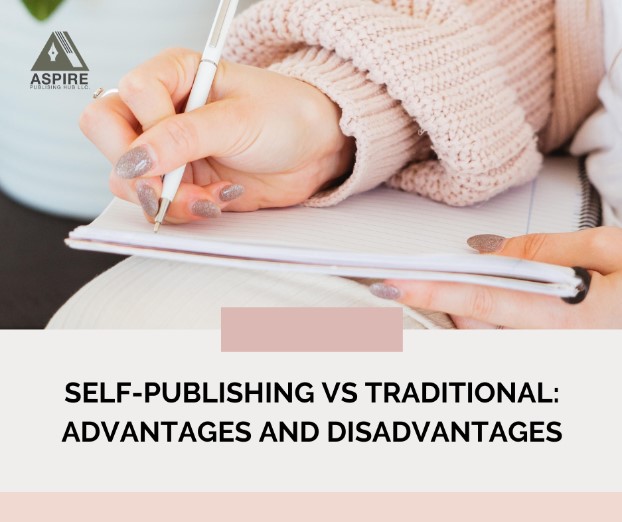The first draft of any book will commonly be referred to as a “manuscript.” Whether it was written by hand, composed on a typewriter over several frantic weeks, or assembled through long nights sitting in front of a word processor or a laptop, eventually, the book will be finished.
Front Matter
Everything typically found at the beginning of a book is included in the front matter. Here you will find the book’s essential publication details, such as its title, author, publisher, ISBN, and Library of Congress call number. The front matter consists of the following parts:
Title page
The title, subtitle, authors, and publisher information can all be found on the title page.
Copyright Page
The copyright notice, also known as the edition notice, is located on the same page as the Library of Congress catalog identification number, the International Standard Book Number (ISBN), the edition, any legal notices, and any credits for the book’s design, illustration, photography, or production entities. You can find the appropriate people to contact if you need permission to use any part of the work on the copyright page.
Dedication
On this page, the author can publicly recognize a particular person or people. Most dedications only require a few words.
Table of Contents
The table of contents overviews the entire book by breaking it down into its constituent chapters (and sometimes sections or divisions). Since chapter titles are so influential, much time is spent on them. A reader should get a sense of the book’s scope and central theme simply by perusing the table of contents.
Foreword
A book’s prologue is a brief introduction written by someone other than the author to introduce the book’s main ideas. The preface is typically written by an influential expert who has worked closely with the author.
Acknowledgments
On this page, the author can give credit to everyone who played a role in the creation of the work in some way, be it through providing ideas or information or providing assistance. The purpose of an acknowledgment is to publicly show appreciation for anyone who helped out with or contributed to a project.
Preface
The author provides an overview of the book, discusses why they chose to write it and shares any anecdotes from their own lives that are relevant to the subject matter. A book’s opening can be extremely introspective and aimed at creating an emotional connection with the reader; it also typically describes the book’s purpose. The purpose of the introduction or prelude of an academic book is to set the stage for the rest of the text and to elaborate on the author’s thesis or central argument.
Prologue
The prologue, which comes before the first chapter of a novel, is typically written in the first person from the perspective of one of the story’s main characters. This part of the story serves as an introduction by giving the reader some sense of the story’s context.
Body Matter
The book’s main text can be found in its body. This could be the plot of a novel or the narrative of a work of nonfiction; either way, a nonfiction book can have the emotional impact and tension of a story.
Back Matter
Back matter, often known as “end material,” refers to the pages that come after the story and may include an author biography.
Epilogue
After the main content, the author provides some closing remarks. These reflections may serve as a summary of the project or the author’s process of creating the book. An emotional reader may find solace in the story’s epilogue. Or even function as the story’s final chapter, tying up loose ends.
Appendix
The term “appendix” describes supplementary materials, such as documents, that were included after the main body of work was completed but did not necessarily belong there.
Glossary
The glossary is an alphabetized list of body-matter terminology and its definitions. Depending on the context, these words could be generic or specialized.
Bibliography
Books and other literary sources referenced in the main text are listed in the bibliography. Books, periodicals, and the World Wide Web were all fair game during the research phase. Endnotes are similar to footnotes; except they are located at the end of a book or other publication rather than at the bottom of a page.
Index
A book that provides a list of terms, individuals, concepts, or events in alphabetical order, each of which has a page number. The index provides a convenient means of locating essential elements inside the text’s main body.
Author Biography
A brief overview of the author’s career may be found on the biography page. The author’s biography should complement the book and reveal exciting tidbits about the person behind the words. The author’s bio might not appear on the final page but on the dust jacket or the back cover.
Many factors must be considered before a book can be printed, and these are all crucial. A book consists of the front matter, the main text, and the afterword. The primary story is found in the body, making it the most crucial part. The non-narrative pages before and after the story are called front matter and back matter, respectively. Fear of failure is a familiar feeling when attempting to write a book.



